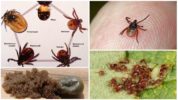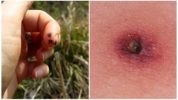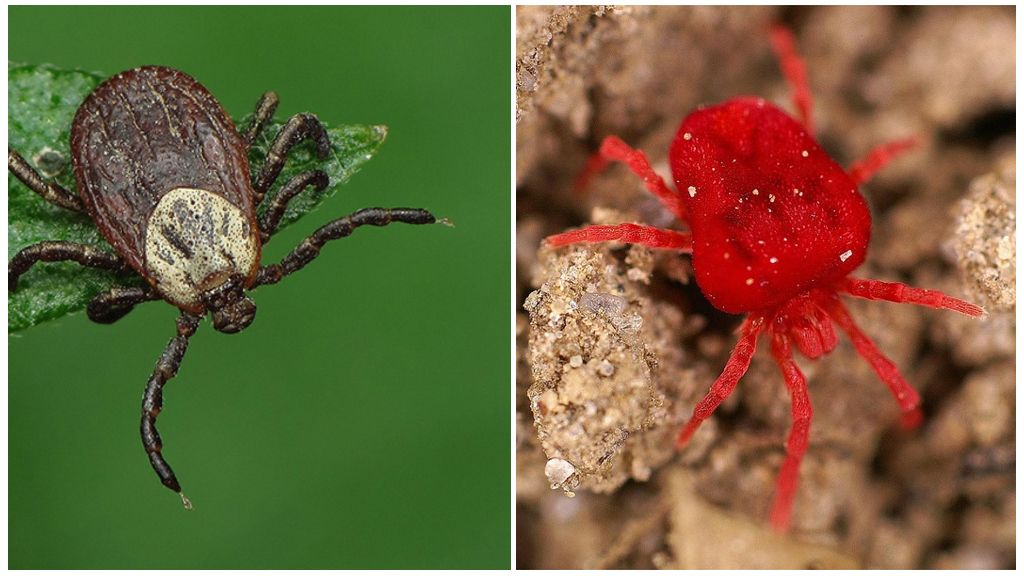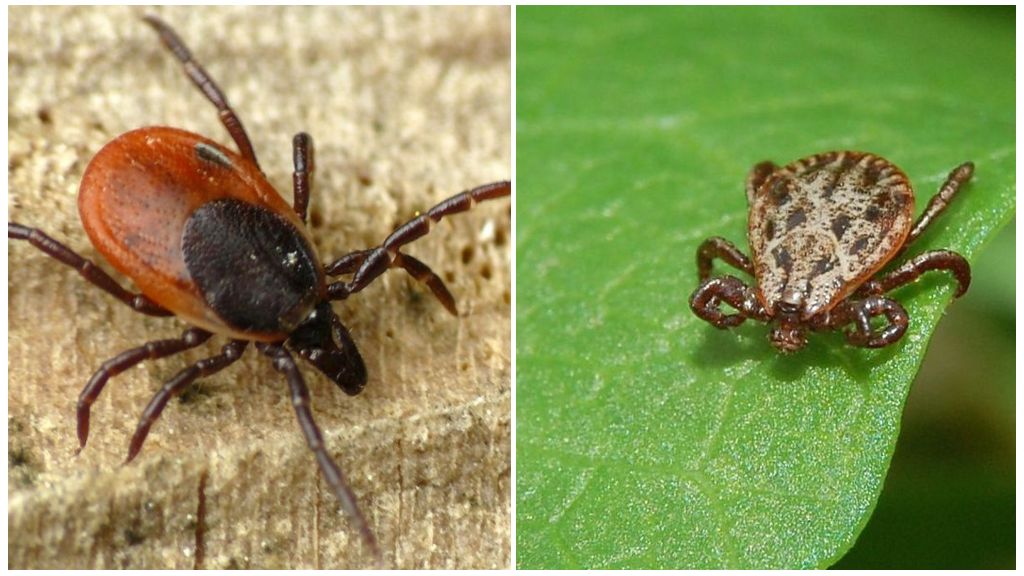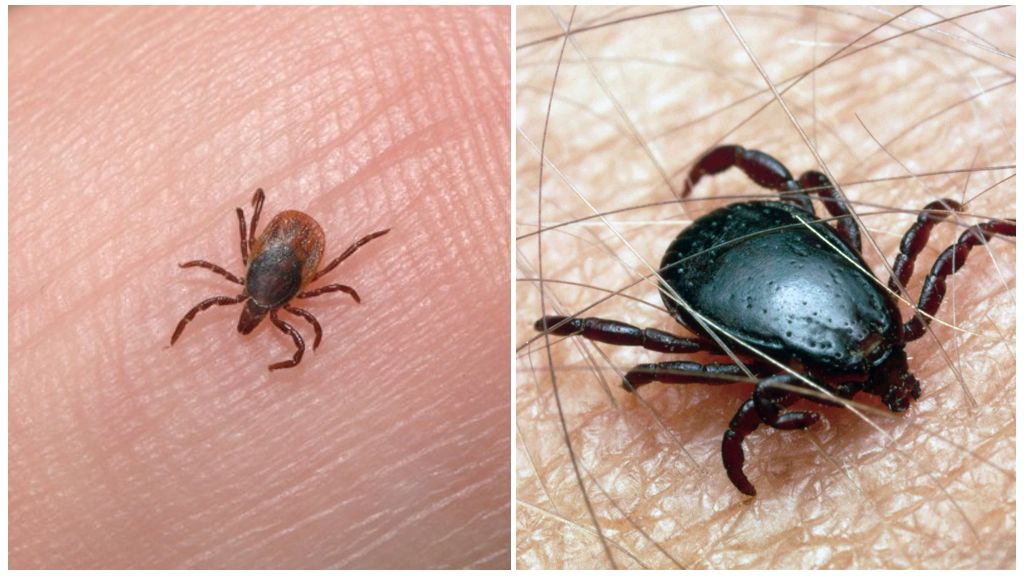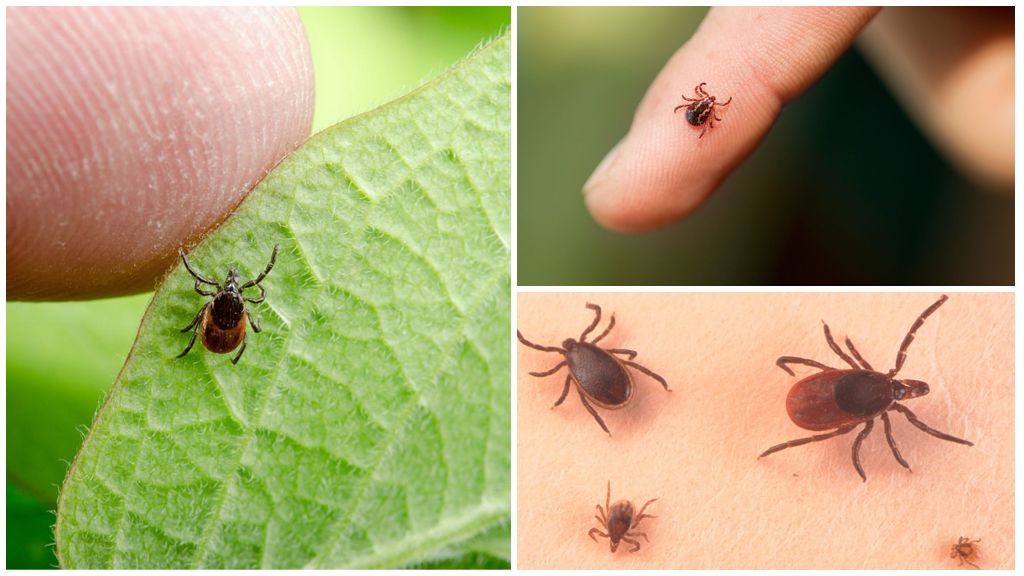- Tick Life Cycle
- Tick life
How much a tick lives depends on climatic conditions and habitat. The arachnids' genetic abilities are impressive, but in real life the timing is much shorter. The scientific literature describes about 50 thousand types of ticks. People often mean by this word ixodid tickswhich inhabit in the forest, groves, tall grass, city park. They feed on blood, attack animals, birds, less often people.
Life cycle
The life span of a tick depends on air temperature, humidity, food availability. Under favorable conditions, the pest lives much less, but more productively. Development begins with the egg, until the complete transformation into a sexually mature individual, the tick passes through several stages of development, replaces 3 hosts.
In nature, mating of pests occurs on the body of the victim. At the end of this process, the males die. Females fall to the ground, in the forest litter, grass lay eggs in large numbers. A sexually mature individual lives in favorable conditions for about 12 months.
From eggs emerge larvae of the first age, which externally differ from adults in body size - not more than 1 mm, the number of legs - instead of only 8. For the entire cycle of development of the nymph, from 4 to 8 molts pass. Every transformation requires blood - the only source of nutrition. Pests await the owner in the grass, on bushes, young trees. They rise above the surface of the earth no higher than 50 cm. At the slightest opportunity, they crawl onto the victim’s body, begin to drink their fill, fall away. The body can swell increase in size up to 3 cm.
Each cycle lasts from several days to months. It all depends on climatic conditions - ticks do not tolerate heat, dryness, and also on the presence of the host. While waiting for a victim, a nymph can exist for months. Under favorable conditions, the full development cycle ends in 1.5-2 years.
On a note!
The life of a tick can suddenly break off when it is detected by a person or natural enemy. In the wild, birds of prey eat them, so by the middle of summer there are much fewer parasites than at the beginning. On average, the pest is able to live only 2 years.
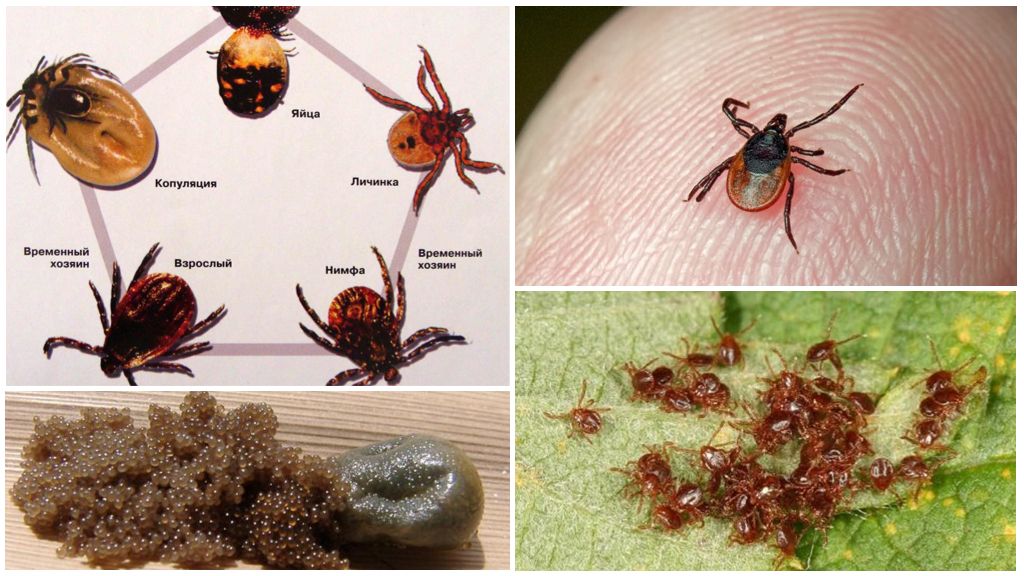
How many years ticks live in adverse conditions
To replenish energy reserves, opportunities to develop, multiply, lay eggs, just live, you need the blood of animals, birds. A person becomes a temporary host, contributes to further development, but significantly reduces potential. Therefore, a person for ixodid ticks is a potential victim, but not the main one.
On a note!
A tick without food is able to live for years. When adverse conditions occur, it stops moving, metabolic processes slow down, and falls into suspended animation. In such a state is able to stay for about 8 years. At the sight of the victim, it instantly comes to life, crawls onto the body, eats, and continues its normal life activity.
Without blood, the pest can live longer than without water. Environmental humidity plays an important role in the development of larvae, nymphs, and the life of adults.
- Parasites wake up very early when the air temperature barely rises above 0 degrees Celsius.
- Step up activities at +10 degrees Celsius.
- Favorable for them is a temperature of no higher than 22 degrees Celsius. Therefore, dry summers, heat within 30 degrees Celsius kills them.
How many ticks live in an apartment
After a bite, the parasite continues to transform, lay eggs, mate. For a tick, the life span depends on the conditions where it then gets. During walks in nature, a person can pick up a parasite, bring it to his house. On the clothes, the pest sits for several minutes without movement, then begins to look for open areas of the body.
A parasite can also lurk in a car while traveling through the woods, on vacation, or with loosely open windows in a parking lot near the house. A pet can bring them to the apartment. In a situation where the tick itself fell off the dog, there is a possibility of a person bite in the future. You can find parasites on the body of cats, rodents, birds. Detecting through the wool is easier when stroking. After suction, the parasite begins to inflate, a noticeable tubercle forms.

The parasite sits on the human body for about 3 days, satiated enough, disappears. At home, the female will be able to lay eggs, live, but the larvae will not appear, because there are no favorable conditions. Without food in the apartment, an adult can live up to 8 months, but this is in case it is not detected. If there are pets in the house - a cat, a dog, they will become the next victims. In this case, at the slightest opportunity, the parasite will again fall into the wild, continue a prosperous life.
The tick sits on the human body without movements for about 30 minutes, then it is sucked in places where the skin is thinner - the back, shoulders, neck, armpits, hands. As food arrives, the tick swells in a few days to sizes from a few millimeters to 3 cm. If detected parasite bite man is doing everything possible to extract tick.
On a note!
Without a head, the parasite for some time shows signs of life - moves its legs, tries to crawl, but can no longer live fully. Without a body, with improper extraction, the head remains in the body of the victim - man, animal. The likelihood of infection increases. borreliosis, tick-borne encephalitis.
Material for analysis
Experts recommend after detection of the parasite and its extraction send it to the laboratory for analysis. If a dangerous virus is detected, emergency assistance is provided to the person in the form of vaccinesintroduction immunoglobulin.
It is necessary to contain the body of a living or dead parasite in a glass jar in a humid environment. At the bottom, they initially put a cotton wool moistened with cool water. During the day, the material should be sent to the laboratory.
In a situation where the tick escaped in the apartment, you should vacuum it well, since it is problematic to catch because of its small size. Throw the contents into the trash can on the street. In the absence of an epidemiological threat, there is nothing to worry about. The wound heals without special therapy within a week. In the presence of an allergic reaction, the affected area is treated with antihistamines, anti-allergic drugs.
On a note!
In the human body scabies or demodectic tick able to live for years. Causes dermatological diseases - scabies, demodicosis. Determine their presence on the body in laboratory conditions, for analysis use particles of dead skin from the affected areas - make scraping.
Parasites can live on plants, in bed, house dust. To get rid of dust mites, need regular wet cleaning, fresh air, in tick control on indoor flowers effective spraying, the use of special tools.
